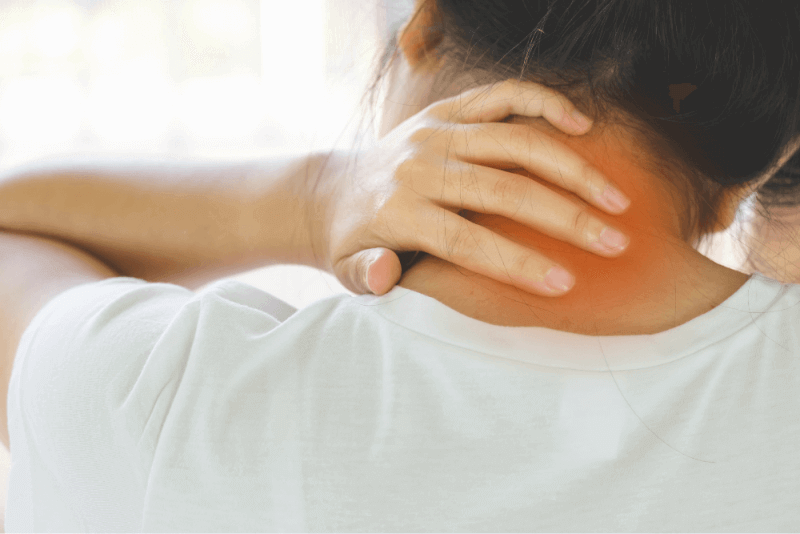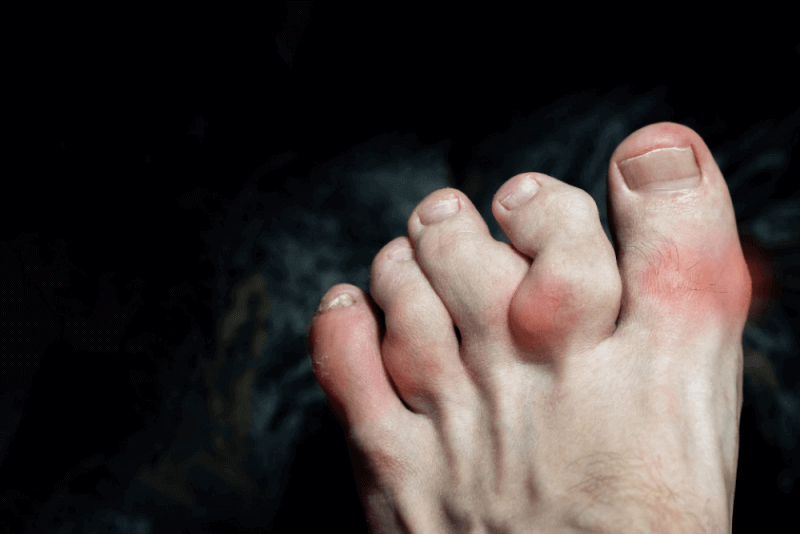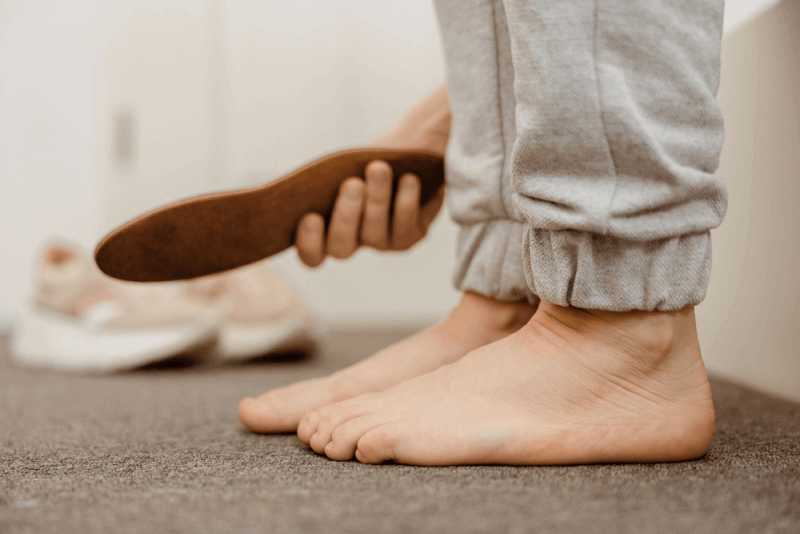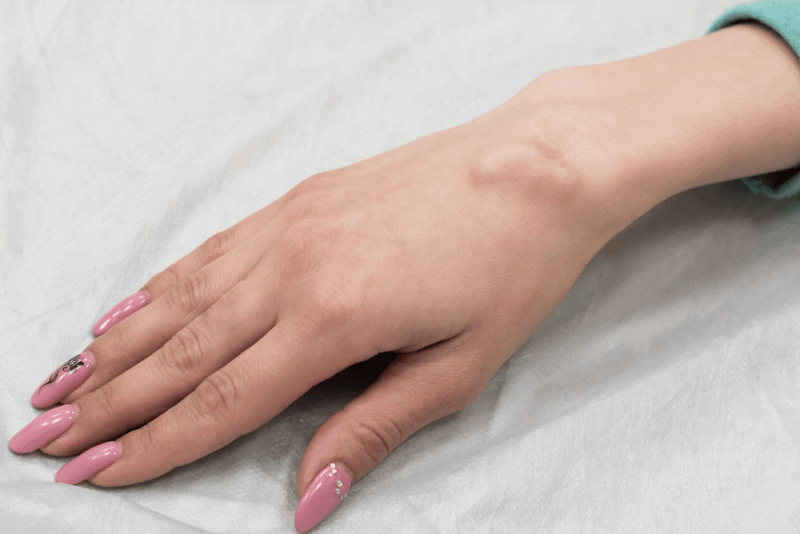What is Neck Pain?
Neck pain is a very common health problem and can occur at any age or gender. The neck is the part that connects the head to the body and ensures the movement of the head and the balance of the body. Very important blood vessels that go to the brain, the spinal cord, and many nerves pass through the neck. The neck, consisting of muscles, joints, and ligaments, is the most movable part of the spine.
Neck pain can usually develop due to posture disorders or trauma. Neck pain can also be seen in activities where the neck remains in the same position for a long time or where the neck is constantly turned upward. Neck pain is usually mild and goes away on its own in a short time.
Neck Pain Diagnosis
- The first step in diagnosing neck pain is learning the patient's medical history, followed by a physical examination.
- During the physical examination, the muscles, vertebrae, and tissues in the neck are examined. The severity of movement restriction in the neck is assessed.
- Neurological examinations are conducted to check for muscle weakness, reflexes, or sensory disturbances such as numbness.
- Imaging methods such as X-rays, MRIs, or CT scans can be used for a more detailed examination.
- Laboratory tests can be performed to check for infections or inflammation in the body.
Neck Pain Symptoms
- Pain felt in the neck
- Stabbing sensation in the neck
- Swelling
- Restriction of neck movements
- Headache
- Muscle tension
- Hoarseness
- Dizziness and loss of balance
- Chest pain
- Discomfort in the throat
- Difficulty swallowing
- Nausea
- Vision problems
- Hearing problems
- Neck pain can spread to the arms and shoulders. Due to the compression of the neck nerves, there may be numbness and tingling in the arms and hands.
Neck pain can rarely indicate a serious problem. It is important to seek medical support, especially if there is numbness in the hands and arms or severe movement restriction.
Causes of Neck Pain
There can be many causes of neck pain. Some of them are listed below:
- Cervical hernia
- Inflammatory rheumatic diseases
- Cervical spondylosis
- Injuries due to accidents, falls, impacts, or sports activities
- Infections in the neck area
- Compression of the nerves extending from the neck to the shoulders
- Daily stress or tension
- Damage or herniation of the discs between the cervical vertebrae
- Displacement of the cervical vertebrae
- Tumors in the neck area
- Sitting or working in the same position for a long time
- Incorrect posture
Neck Pain Treatment
The treatment for neck pain varies depending on the cause and severity of the pain. Some treatment methods for neck pain are as follows:
- Limiting or changing activities to rest the neck muscles can be beneficial.
- If you work in a job where the neck is held in the same position for a long time, it is important to take regular breaks and move the neck.
- Physical therapy helps reduce muscle tension, increase flexibility, and strengthen the neck muscles.
- Pain relievers recommended by the doctor are used to reduce pain and inflammation.
- Applying hot compresses to the neck helps relax the muscles, while cold compresses reduce inflammation.
- Certain neck exercises aim to relieve the neck.
- If there is a serious spinal problem or herniation causing neck pain, surgical intervention is considered the last resort.
Exercises for Neck Pain
It is important to regularly work the neck muscles for neck pain. Stiffened muscles relax and loosen with neck exercises. Stretching times should not be neglected, and breathing calmly during stretching exercises makes the exercise easier.
- Rotating the shoulders backward in a full circle helps relax the neck.
- For neck stiffness, pulling the shoulders up to the ears, holding for 5 seconds, and then releasing is also preferred.
- Placing the hands on the waist and bringing the shoulder blades closer together by moving the arms back helps relieve neck pain.
- Chin-to-chest movements and tilting the head backward are effective exercises to relax the neck.








